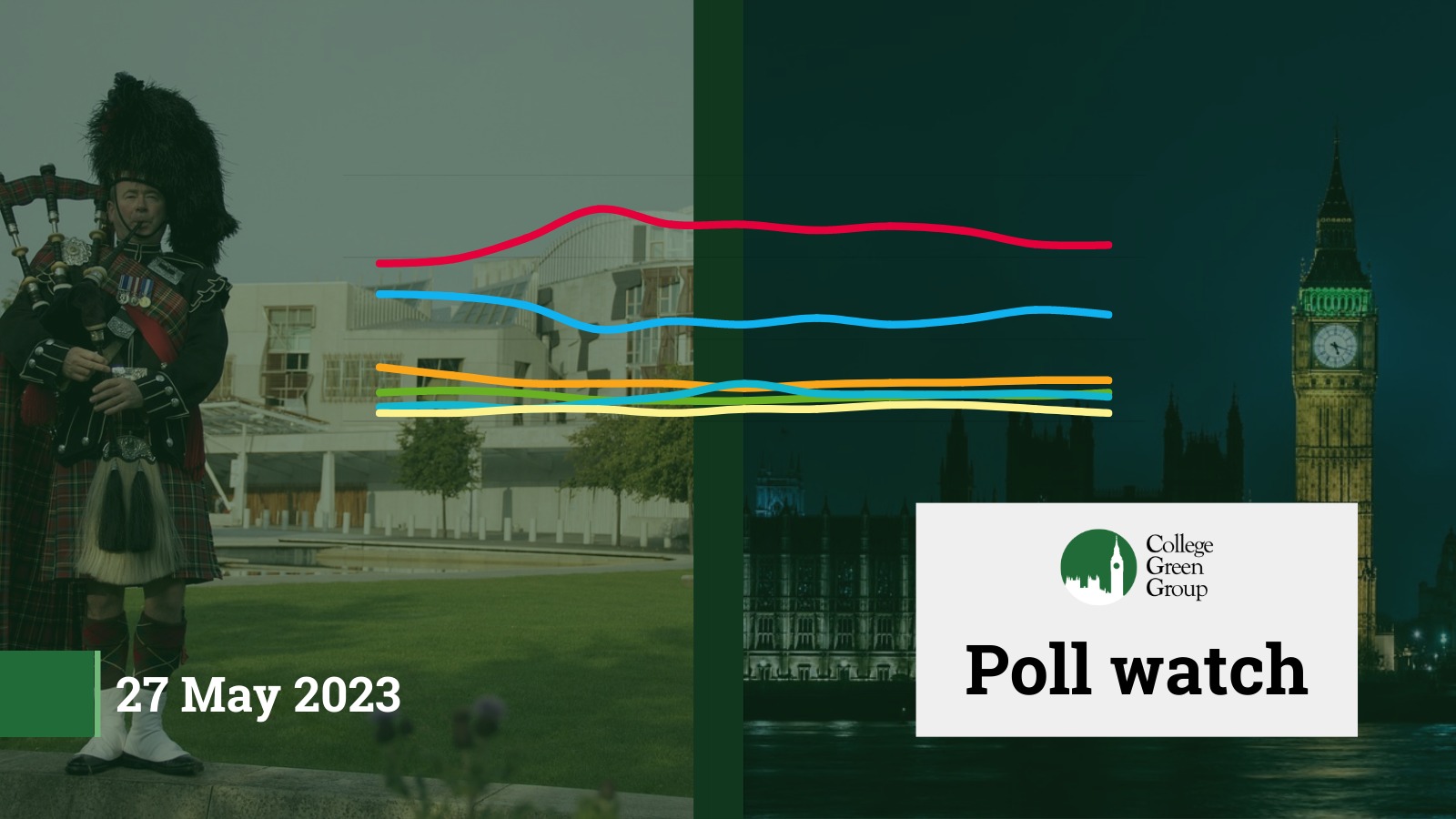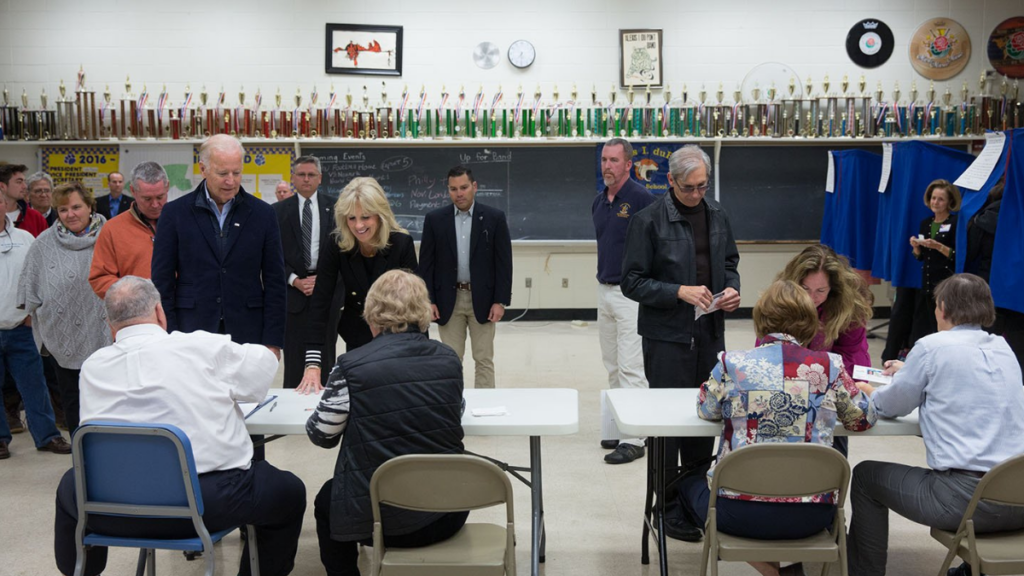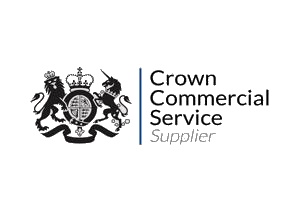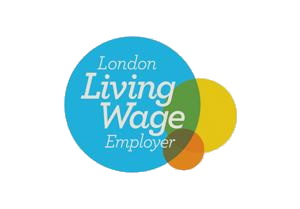You could be forgiven for thinking that the next general election had already been determined. Starmer’s Labour has been ahead of Sunak’s Conservatives for the last 17 months, and the recent local elections have been described for the latter as a “nightmare” and “disastrous”. However, the Conservative Party has injected cautious optimism into its narrative as its fortunes have gradually improved in the polls, whittling the Labour lead down from around 27% in January to 14%, according to the most recent Techne poll.
Of course, anything above the 14% support the party scored in PeoplePolling’s late October survey would be cause for celebration; but is the narrowing of the polls seeing the Conservatives’ election strategy transition from damage limitation to 1992-esque upset?
Apathy and indifference
As Tony Blair described in 1997, Labour’s general election victory was like “carrying a Ming vase across a slippery floor”. In other words, nothing is certain until actual results start trickling in. Starmer’s Labour is unmistakably not in the same position as New Labour was in 1997. The party has a modest lead averaging at 14% – this would translate to a majority, albeit not a large one.
Both parties are struggling with momentum. The last YouGov poll of Boris Johnson’s premiership in September 2022 indicated that 70% of those who voted Conservative in 2019 would do so again at the next general election. The most recent YouGov poll puts this figure at 60%. One would assume that this 10% fall represents Conservative-minded voters who think a change of government is necessary and are prepared to elect a Blair-lite Labour prime minister in the form of Keir Starmer. They would be misguided in assuming so.
Since the last YouGov poll taken under Johnson, those saying they would switch their 2019 vote from Conservative to Labour has increased from 14% to… 15%. Likewise, 2019 Conservative voters switching to the Liberal Democrats has increased from 5% to 6%. The real winner from the party’s decline in 2019 supporters is Reform UK who has doubled its support since this poll was released, in some cases hitting 9% in national surveys.
Conservative standings amongst voters in the ABC1 and C2DE social categories is also not as strong as it was under Johnson. In the last YouGov poll of his premiership, 27% of ABC1 voters and 32% of C2DE voters intended on voting for the party again at the next general election. This was slashed after the fallout from Liz Truss’ ‘mini-budget’. Sunak has since made modest improvements in these figures to 24% and 27% respectively.
For Labour, these problems are somewhat mirrored. For context, before the 2017 general election the support from those who voted Labour in 2015 and would do so again in 2017 stood at 79% (YouGov). In a Survation poll this figure was 83%. In YouGov’s latest survey 87% voted Labour in 2019 and would do so again next year – an improvement, but not one that will result in a landslide for Starmer that many are forecasting.
Whilst Conservative support is slipping in their core constituencies (Brexit-supporting, older, C2DE voters), alarm bells should also be ringing for Labour. Between September 2022 and now, Labour’s standing amongst ‘Remain’ and ‘Leave’ voters is unchanged, its support amongst women has fallen by 3% from 46%, and it has slid into reverse amongst C2DE voters. Essentially – the party is at a standstill from its position in Autumn last year.
Sunak vs. the Conservatives
For all the talk of parties, an often overlooked dynamic is the personal ratings of their leaders. As of 21st May 2023, Keir Starmer had a net negative approval rating (-4%) in how the public thought he was doing in his opposition role, according to YouGov. But whilst this might sound low, he has strategically worked to improve this sentiment from the -48% approval he had in May 2021. This is not the only area of encouragement for Starmer – since 2021, he has reduced the public perception that he does not look like a prime minister-in-waiting from 64% to 45%.
The public also views Starmer’s competence in net positive terms. However a plurality of British voters say they find him weak, untrustworthy, dislikeable, and indecisive. He still has work to do to engineer his image accordingly.
Turning to Prime Minister Sunak we find a similar picture – he is deemed as competent by a plurality of voters, but faces net negative ratings in the areas of trustworthiness and strength. Likewise, there are encouraging signs for Starmer too. He faces better likeability and perceptions of decisiveness in the public eye than Sunak. In many ways, Starmer and Sunak are not facing hostility from the voters unlike their predecessors, but more apathy and indifference.
The following is key to highlight though. Assuming next year’s general election will be in October (15 months away), and Sunak’s net approval rating as Prime Minister stands at -17% (a better standing than the party he leads), there is historical precedent that means all is not lost for the Conservatives, providing it ties itself closely to its leader. 15 months before the 2015 election, Labour had a 7% lead in the polls. David Cameron had a -16% approval rating which improved as polling day got closer. It may be wise for the party to push Sunak to the forefront and attempt a presidential general election campaign again to replicate such a narrow win. Though, it cannot be certain of success – it failed in 2017, but paid off in 2019
Eyes on Scotland 🏴
You may have missed it, but in early May, Redfield & Wilton released a poll for the next Scottish Parliament elections. These elections are split into a ‘constituency’ vote in which voters directly elect who they want to represent them in Holyrood, and a ‘regional’ vote which serves to rebalance the number of seats a party gets based on proportional representation. In the poll, the Scottish National Party (SNP) held a 4% lead in the constituency vote poll – a decline from a 25.8% lead secured at the last Holyrood election.
However, Labour actually led the SNP in regional polling by 2%. This is the first time since summer 2014 that a party other than the SNP has led in any poll produced for any election in Scotland.
YouGov later released a multi-level regression poll (MRP) – the same method it has used to successfully forecast the 2017 and 2019 UK general elections. Sampling 3,586 Scottish adults from 10th April to 21st May it found that were a general election held imminently, the SNP would suffer heavy losses of 27 seats. Labour would gain 23 seats – its largest number since 2010, and possibly enough to counterbalance its former safe seats in England such as Bassetlaw, Dudley North, Walsall South, and Stoke-on-Trent South being slightly harder to claw back from the Conservatives.
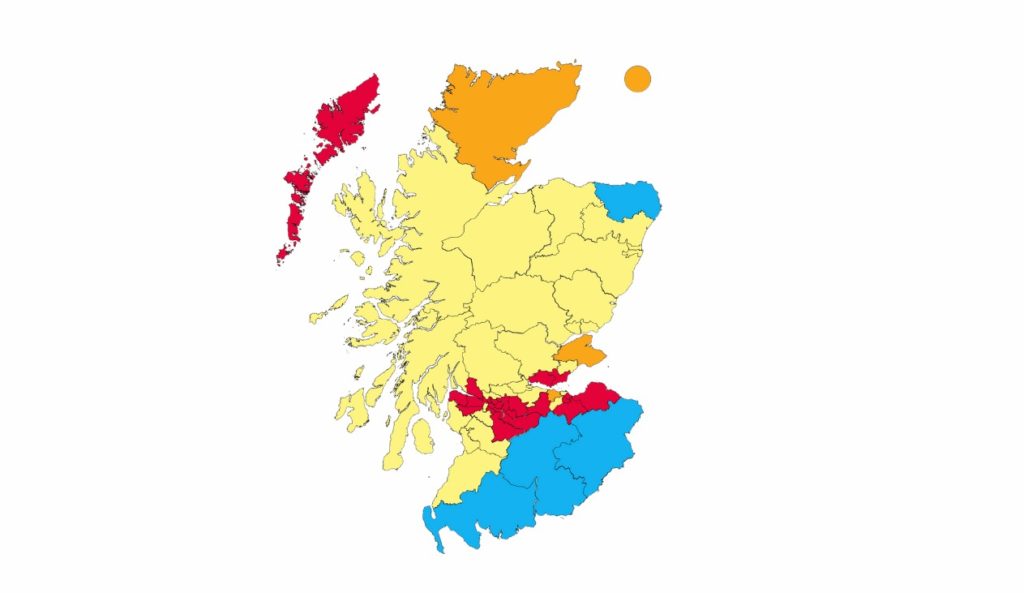
The SNP would lose Na h-Eileanan an Iar for the first time since 2001. The constituency represents one of just three Westminster seats to have been consistently held by the SNP since before its 2015 breakthrough. Losing Na h-Eileanan an Iar would be a symbolic and significant blow to First Minister Yousaf.
However, Scotland has one of the highest concentrations of marginal seats in the UK. This is an extremely difficult political environment in which to forecast, and indeed no fewer than 22 of the 59 projected seats are ‘called’ in this model with winning margins of less than 5%.
Nationally, Starmer has many reasons to be optimistic, but this should not be mired in complacency. He still has much work to do to win the trust of the British public, and set him apart from Rishi Sunak. Scotland may be a saving grace for Labour should the Prime Minister’s approval ratings improve and save him from an election of heavy losses across the former Red Wall. However, with polls not budging significantly it remains to be seen whether this picture looks set to change.

